
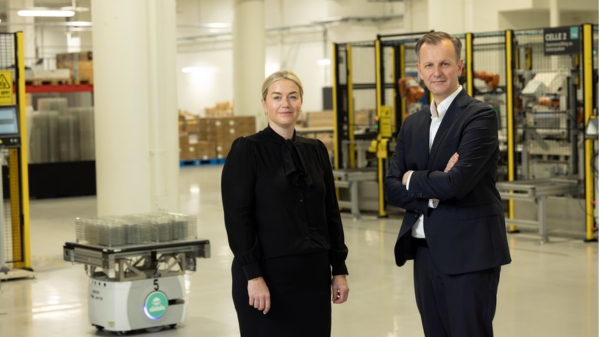
|
Corvus Energy raises $60m from consortium for maritime battery expansion
Norwegian energy storage supplier secures growth capital to accelerate zero-emission shipping solutions. |
|
|
|
||
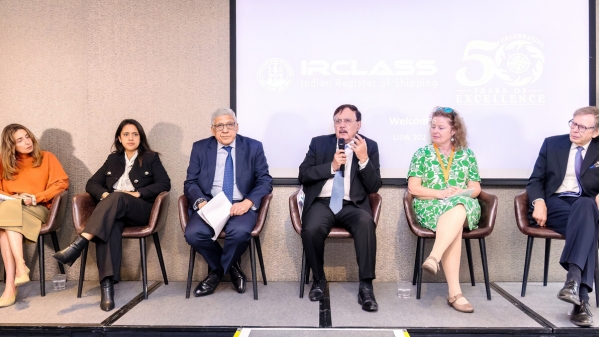
|
Shipping industry warned nuclear power is essential to meet 2050 net zero targets
Experts say government backing is needed for nuclear investment. |
|
|
|
||
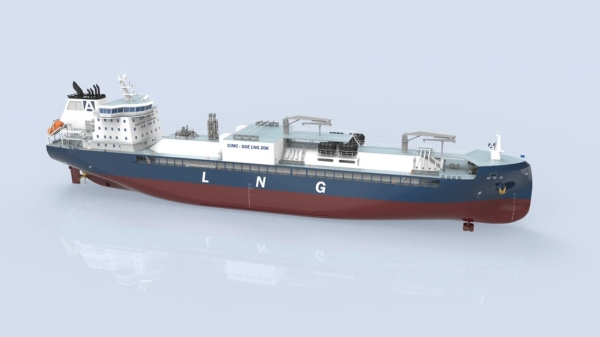
|
ExxonMobil enters LNG bunkering with two vessels planned for 2027
Energy company to charter vessels from Avenir LNG and Evalend Shipping for marine fuel operations. |
|
|
|
||
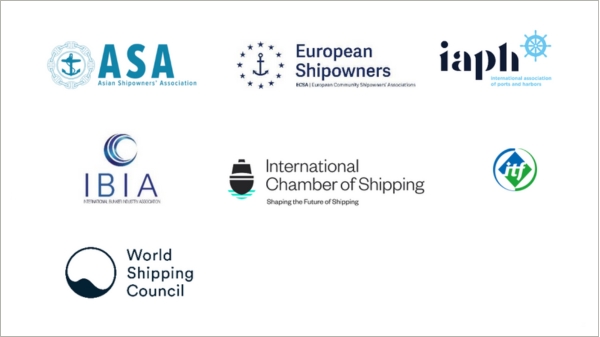
|
Shipping associations back IMO Net-Zero Framework ahead of key vote
Seven international associations urge governments to adopt comprehensive decarbonisation rules at IMO meeting. |
|
|
|
||
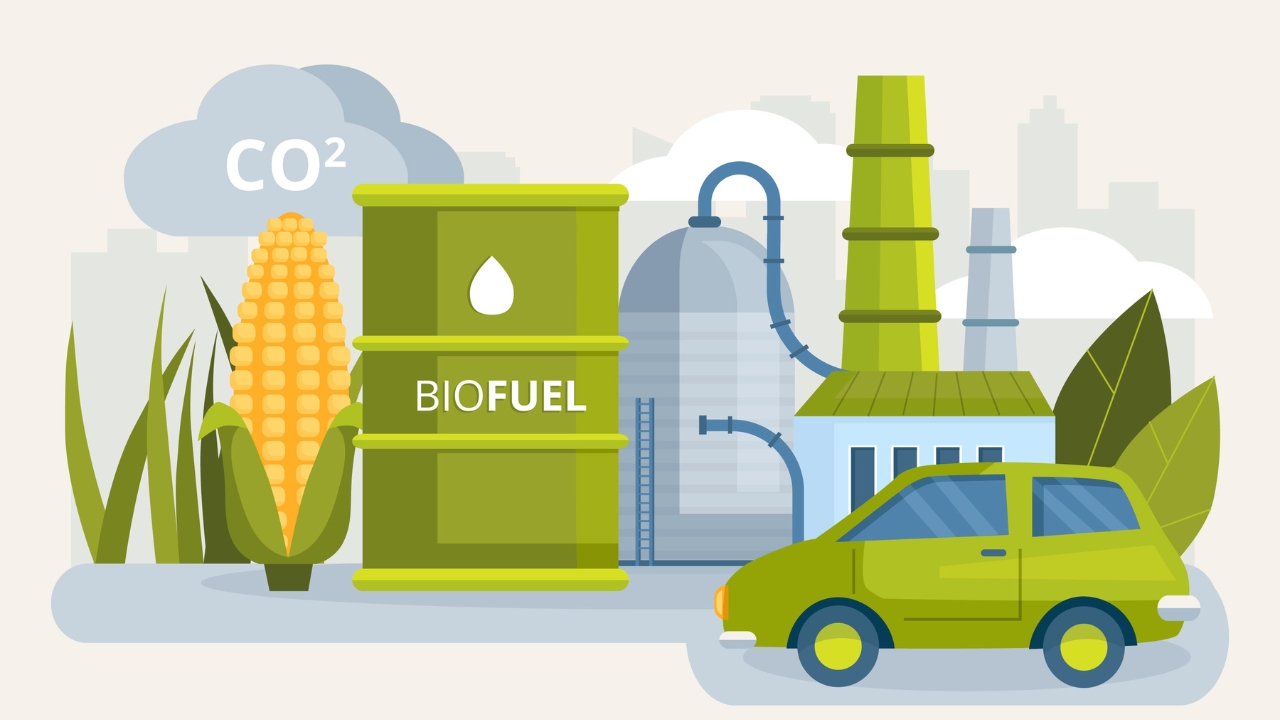
|
Study claims biofuels emit 16% more CO2 than fossil fuels they replace
Transport & Environment report challenges biofuels as climate solution ahead of COP30. |
|
|
|
||
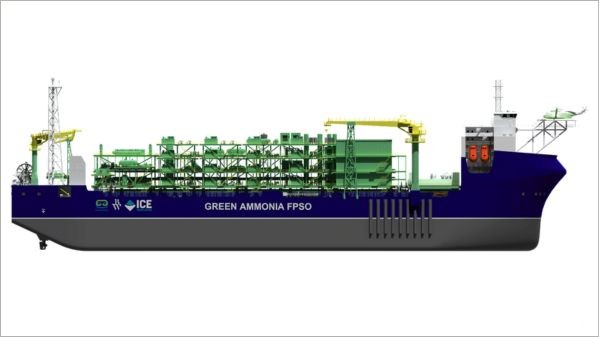
|
ABB to supply automation systems for floating green ammonia production vessel
Technology firm signs agreement with SwitcH2 for Portuguese offshore facility producing 243,000 tonnes annually. |
|
|
|
||

|
VPS launches Verisphere digital platform to streamline marine fuel decarbonisation tools
New ecosystem connects multiple maritime emissions solutions through single user interface. |
|
|
|
||
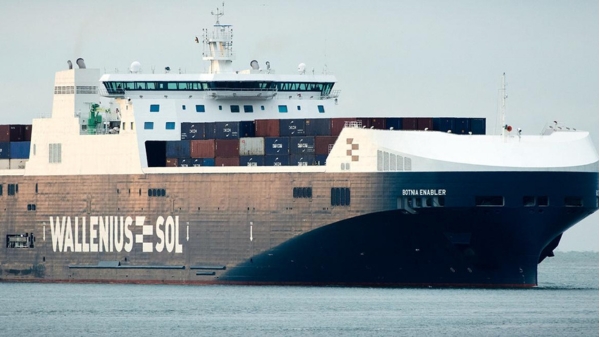
|
Wallenius Sol joins Gasum's FuelEU Maritime compliance pool as bio-LNG generator
Partnership aims to help shipping companies meet EU carbon intensity requirements through bio-LNG pooling. |
|
|
|
||
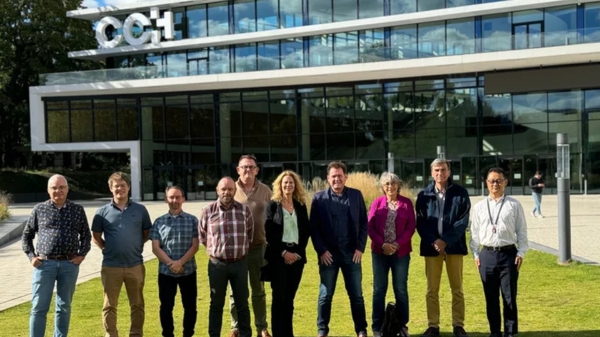
|
IAPH launches products portal with ammonia bunker safety checklist
Port association releases industry-first ammonia fuel checklist alongside updated tools for alternative marine fuels. |
|
|
|
||
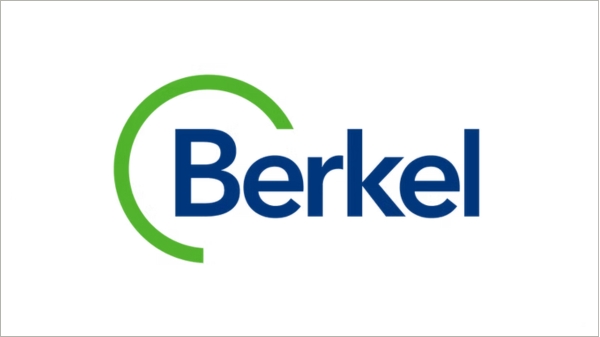
|
Berkel AHK joins Global Ethanol Association as founding member
German ethanol producer becomes founding member of industry association focused on marine fuel applications. |
|
|
|
||
| EPA applies for US-Canadian ECA [News & Insights] |
| Study provides global ship emission estimates [News & Insights] |
| Report documents U.S. ship emissions [News & Insights] |